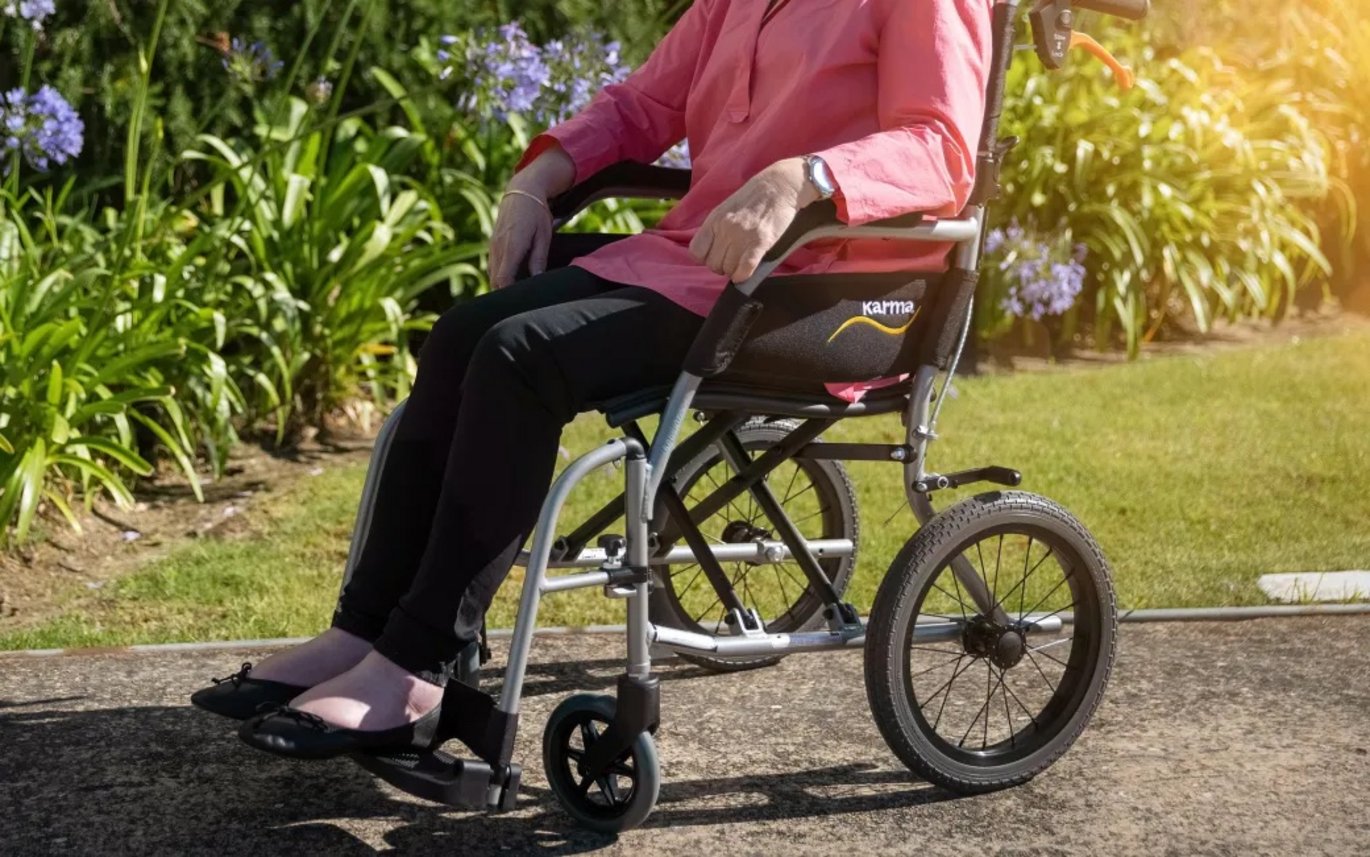What makes multiple sclerosis worse, and how to make it better
Scientists identify the first genetic marker for MS severity, opening the door to preventing long-term disability.

Article originally published by FIMM at their website: https://www.helsinki.fi/en/hilife-helsinki-institute-life-science/news/what-makes-multiple-sclerosis-worse-and-how-make-it-better
A study of more than 22,000 people with multiple sclerosis has discovered the first genetic variant associated with faster disease progression. Inheriting this genetic variant from both parents accelerates the time to needing a walking aid by almost four years.
Multiple sclerosis (MS) is the result of the immune system mistakenly attacking the brain and the spinal cord, resulting in symptom flares known as relapses as well as longer-term degeneration known as progression. Despite the development of effective treatments for relapses, none can reliably prevent the accumulation of disability.
The breakthrough findings, published in Nature on June 28, 2023, point to a genetic variant that increases the disease’s severity and provide the first real progress in understanding and eventually fighting this aspect of MS.
Large coalition needed to address MS severity
To address the mystery of MS severity, two large MS research consortia joined forces: The International Multiple Sclerosis Genetics Consortium (IMSGC) and The MultipleMS Consortium. This enabled MS researchers from around the world to pool the resources needed to begin to identify the genetic factors influencing MS outcomes.
Professor Janna Saarela from the Institute for Molecular Medicine Finland (FIMM), University of Helsinki, is one of the co-authors of the study and an integral member of both of these international MS consortia.
Her team at FIMM is managing the largest harmonized, multi-dimensional MS data resource today for the MultipleMS consortium, a large global new partnership funded by the European Commission’s Horizon2020 program to find novel and better treatments for MS. Furthermore, the FIMM Technology Centre has had an important role in genotyping DNA samples of the European MS patients for the project.
The two MS consortia combined data from more than 12,000 people with MS to complete a genome-wide association study (GWAS), which uses statistics to carefully link genetic variants to particular traits. In this case, the traits of interest were related to MS severity, including the years it took for each individual to advance from diagnosis to a certain level of disability.
A renewed focus on the nervous system
Previous studies have shown that MS susceptibility, or risk, stems in large part from dysfunction in the immune system, and some of this dysfunction can be treated, slowing down the disease. However, these risk factors don’t explain why, 10 years after diagnosis, some MS patients are in wheelchairs, while others continue to run marathons.
Among the studied 7 million genetic variants, the scientists found one that was associated with faster disease progression. The variant sits between two genes with no prior connection to MS, called DYSF and ZNF638. The first is involved in repairing damaged cells, and the second helps to control viral infections. The variant’s proximity to these genes suggests that they may be involved in the disease’s progression.
The findings give the field its first leads to address the nervous system component of MS.
Further work will be necessary to determine exactly how this genetic variant affects DYSF, ZNF638, and the nervous system more generally. The researchers are also collecting an even larger set of DNA samples from people with MS, expecting to find other variants that contribute to long-term disability.
“A global collaboration effort between scientists and clinical doctors from more than 70 institutions around the world was required to make this project possible”, said Janna Saarela.
“We are also grateful to all the MS patients who have participated in the study”.
The study was led by researchers from UCSF and the University of Cambridge. This work was supported in part by funding from the NIH/NINDS (R01NS099240), the European Union’s Horizon 2020 Research and Innovation Funding Programme, the National Multiple Sclerosis Society, and MS Canada.